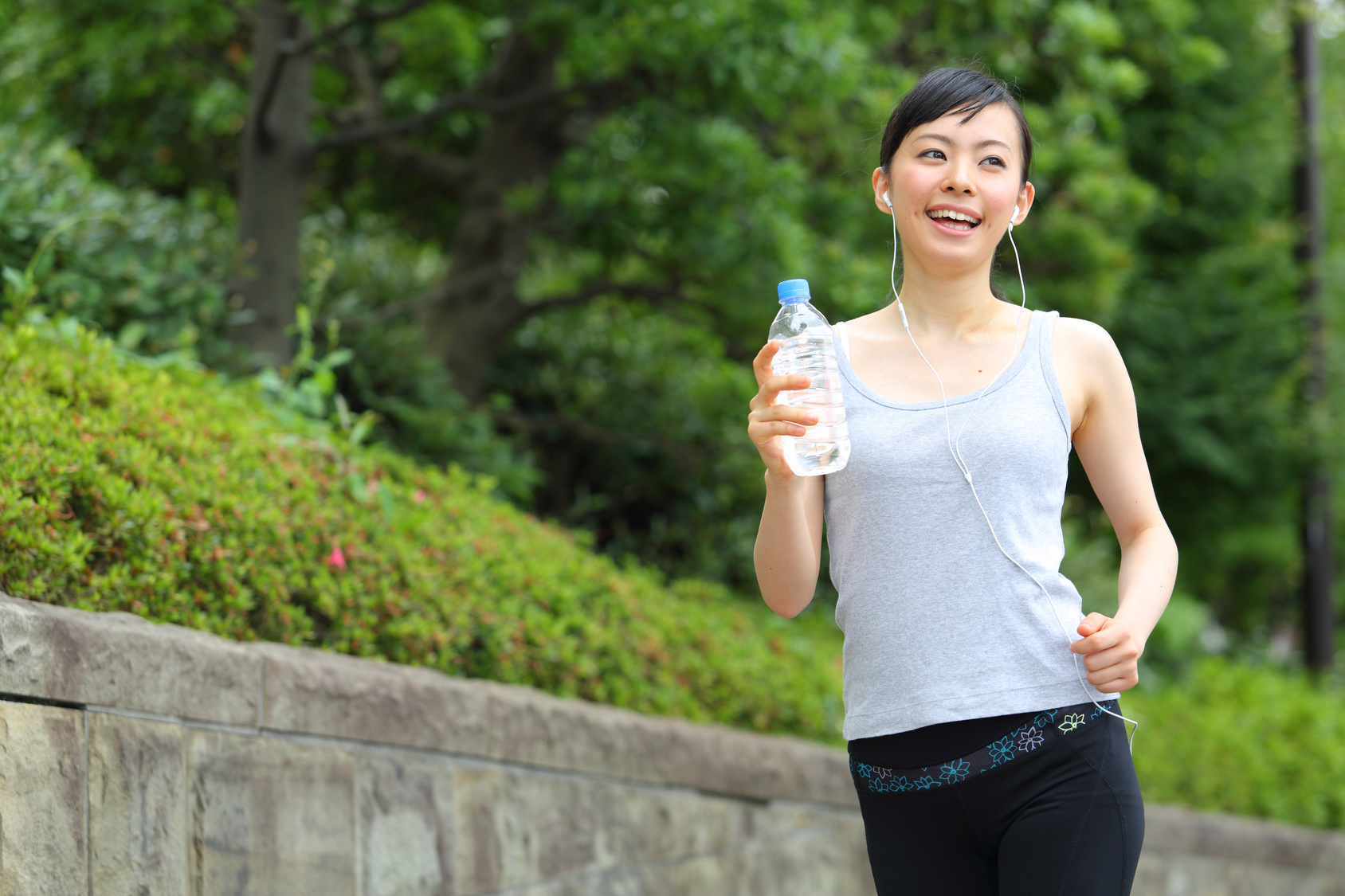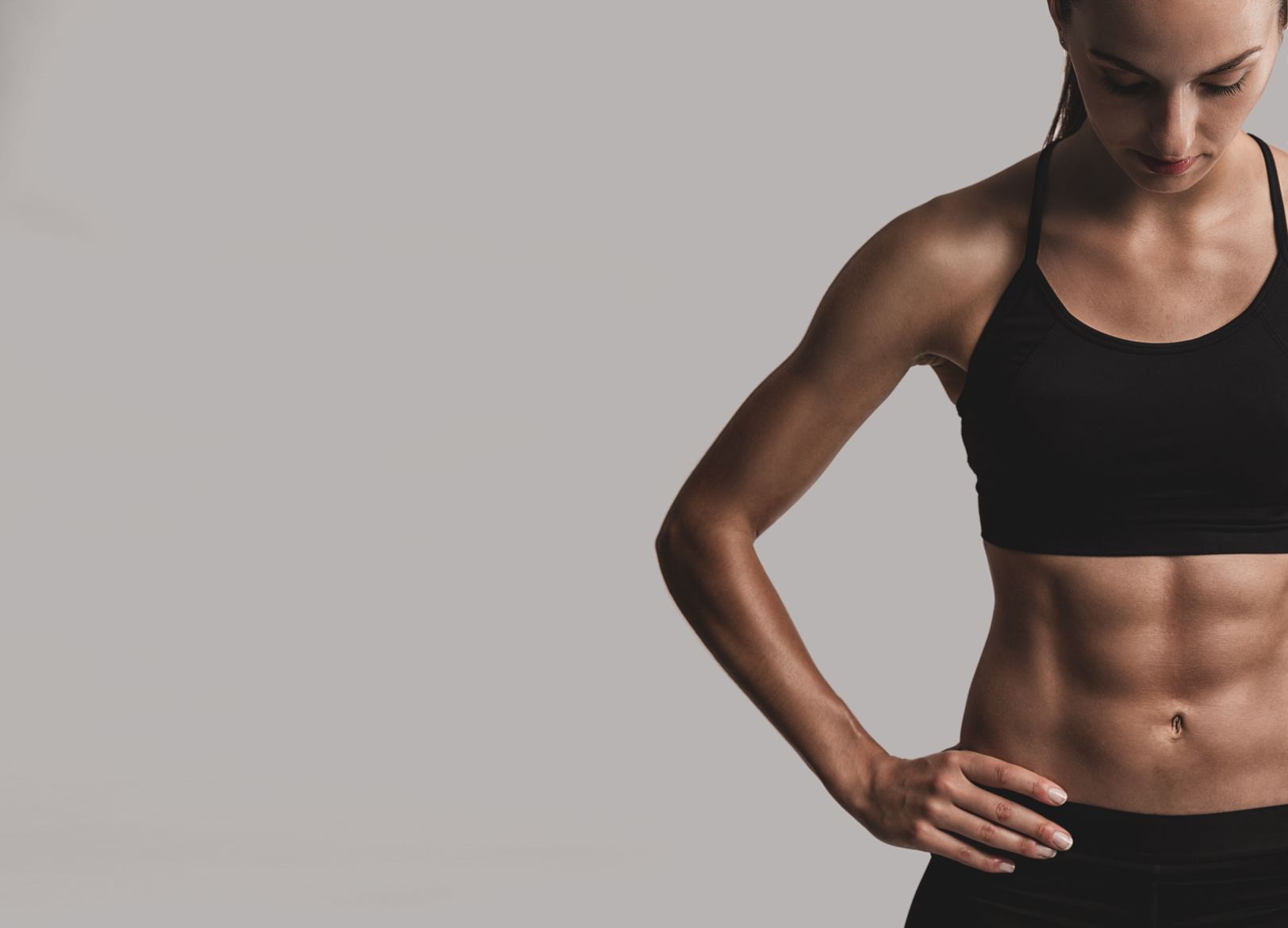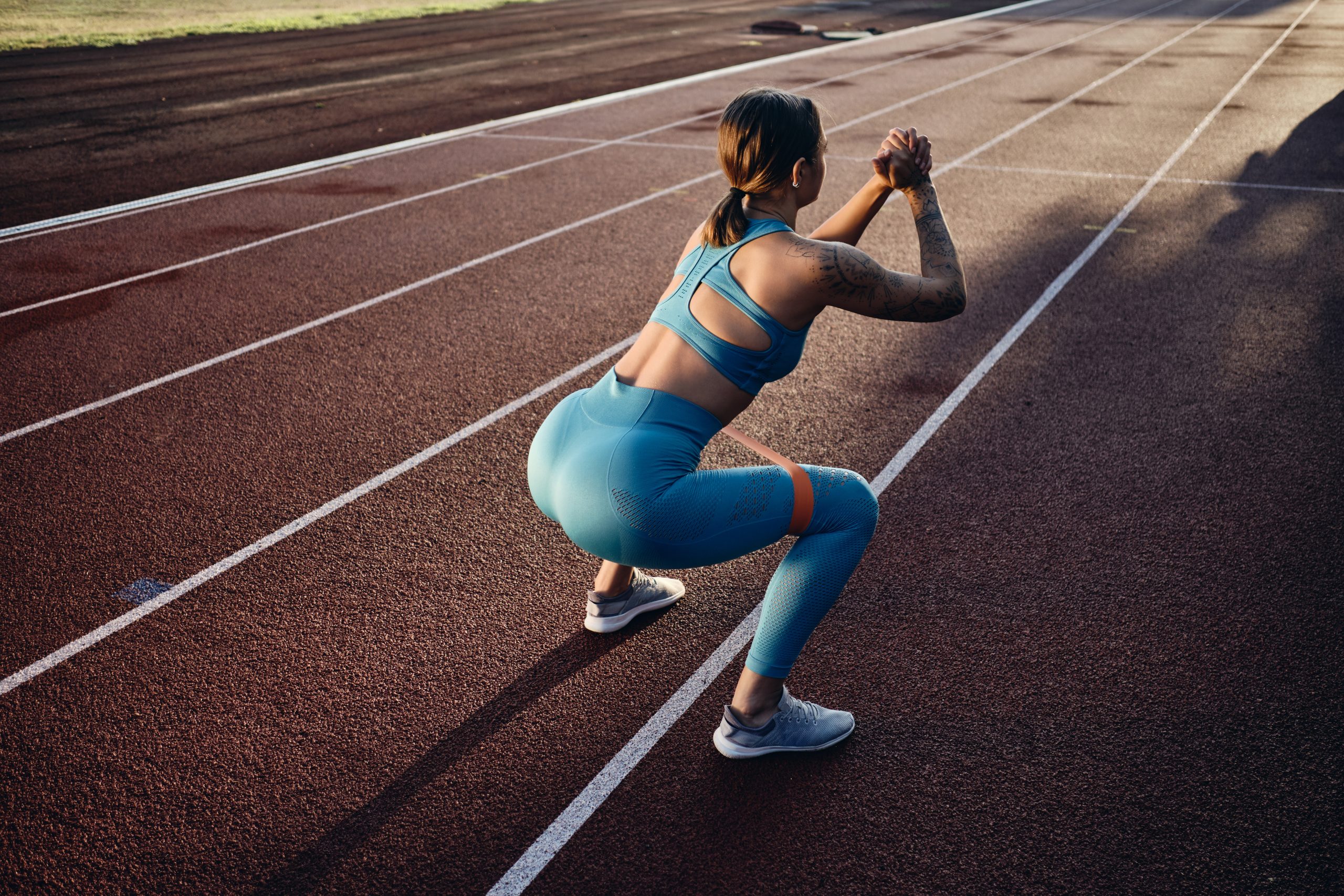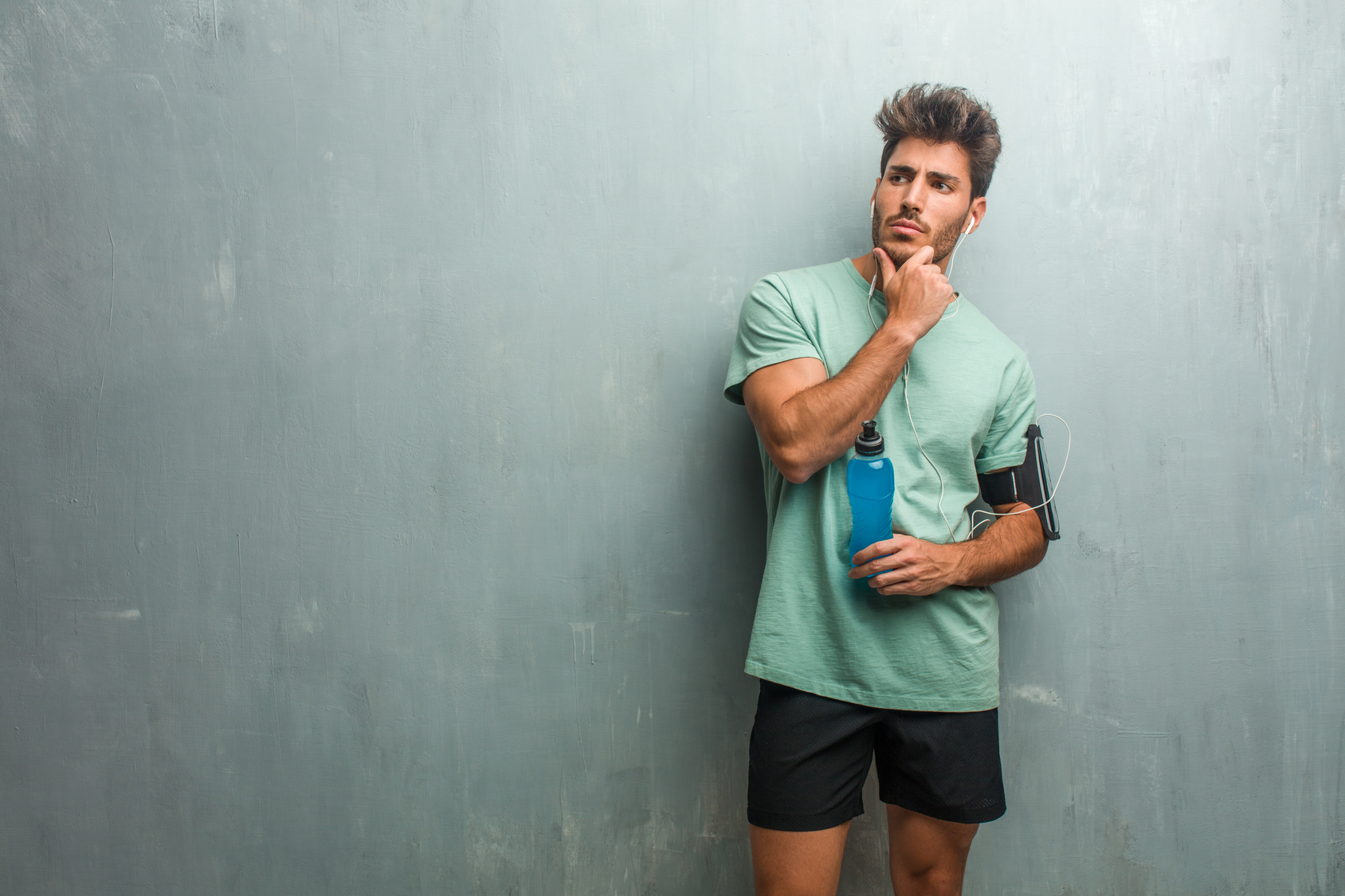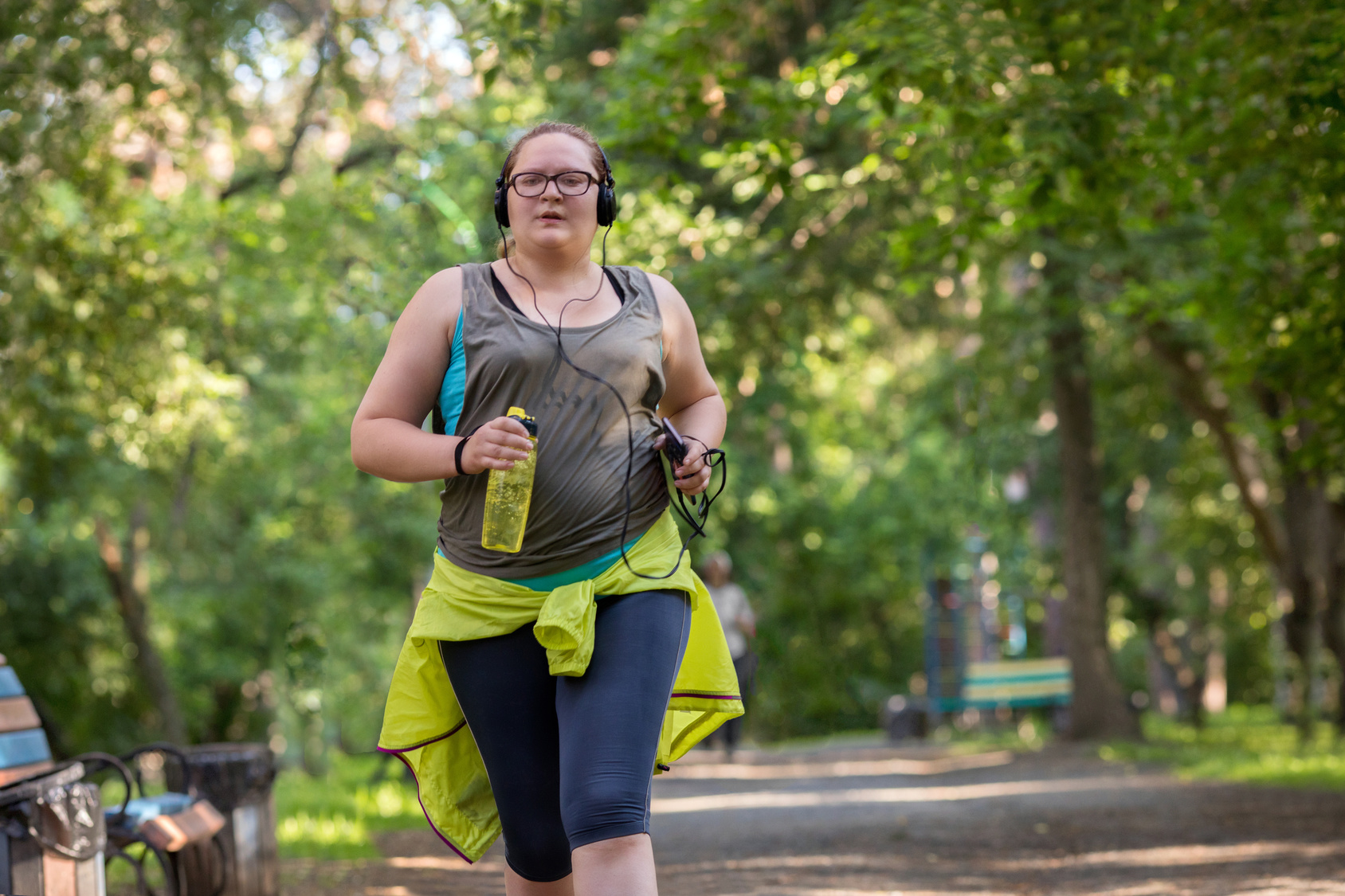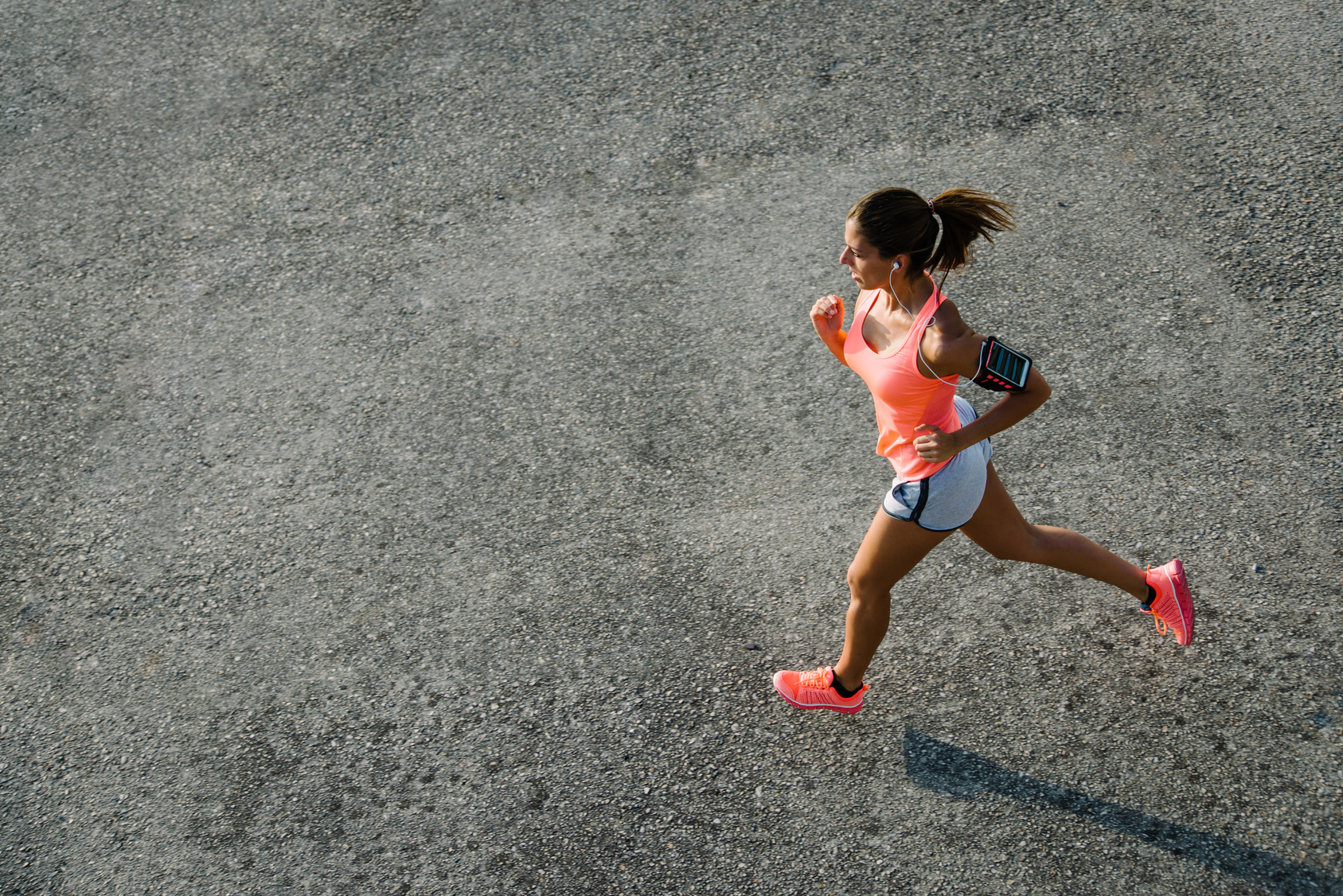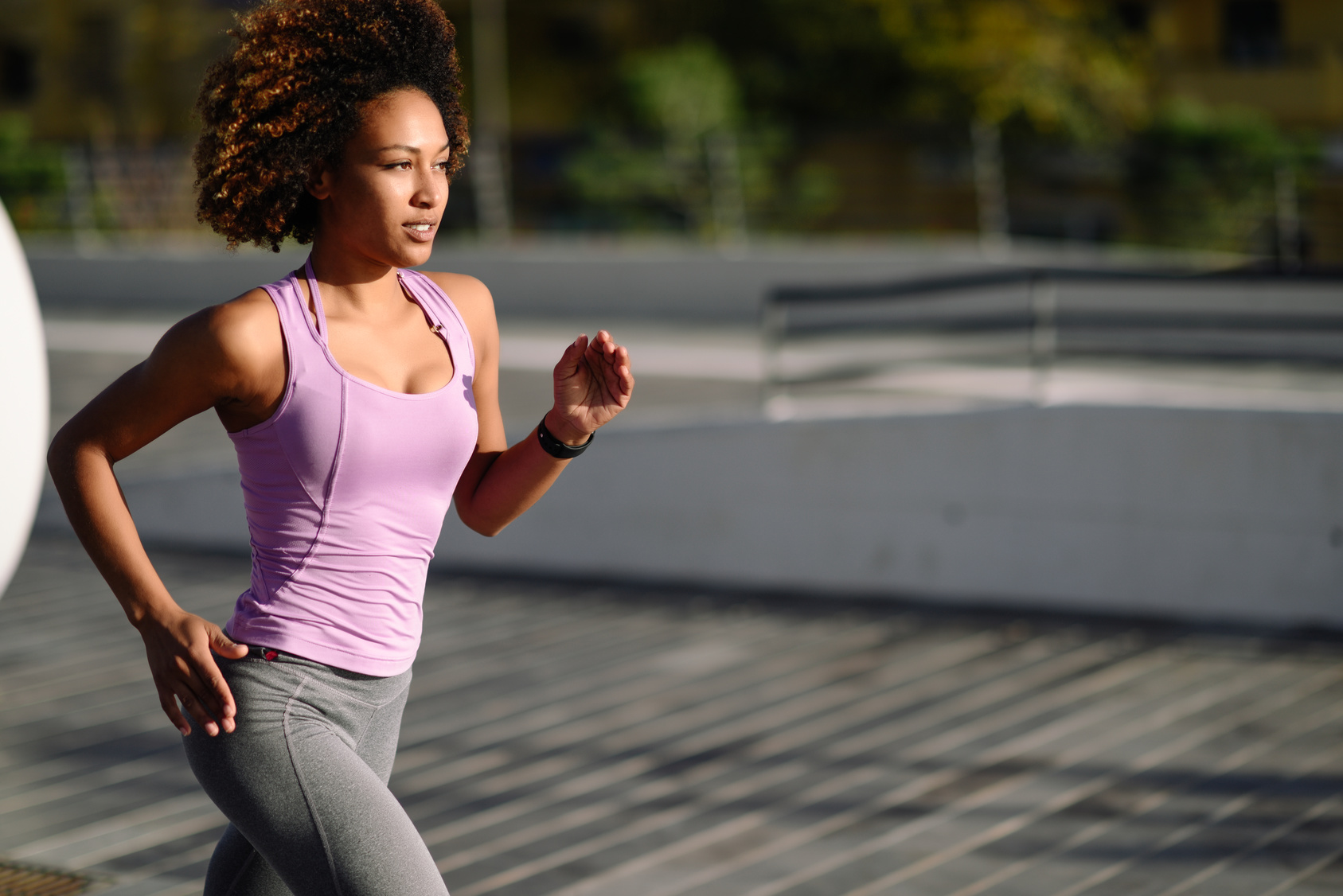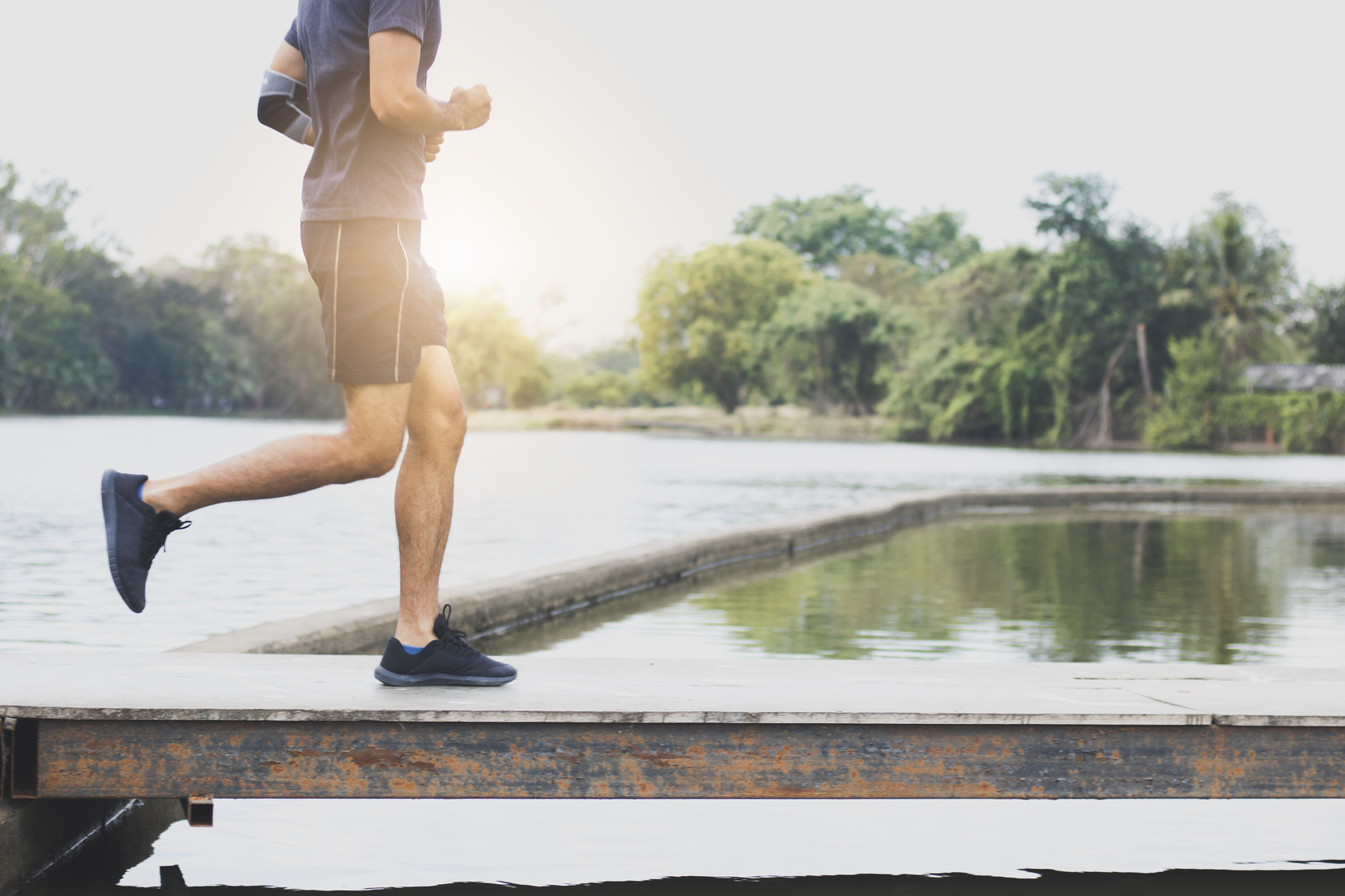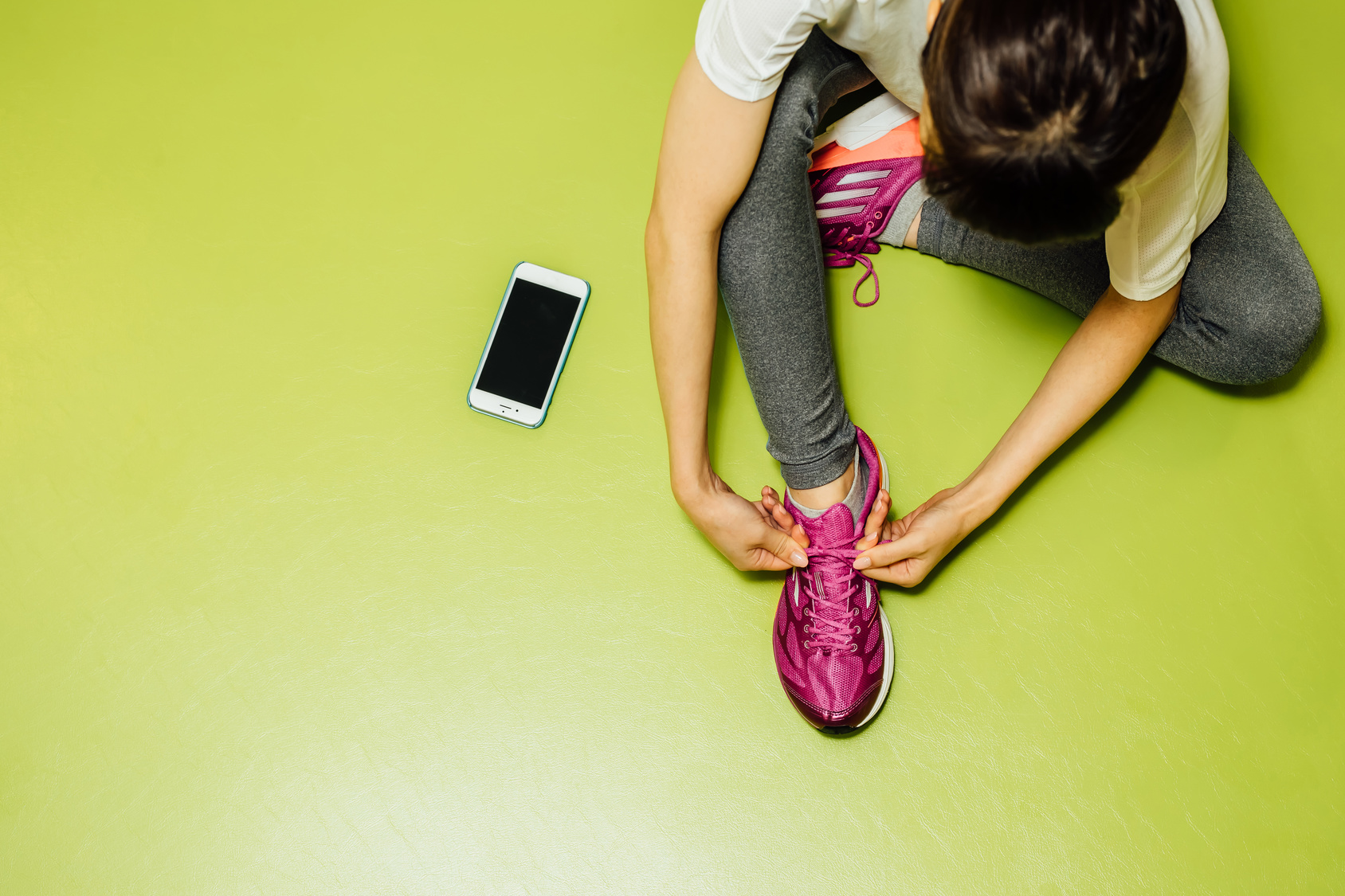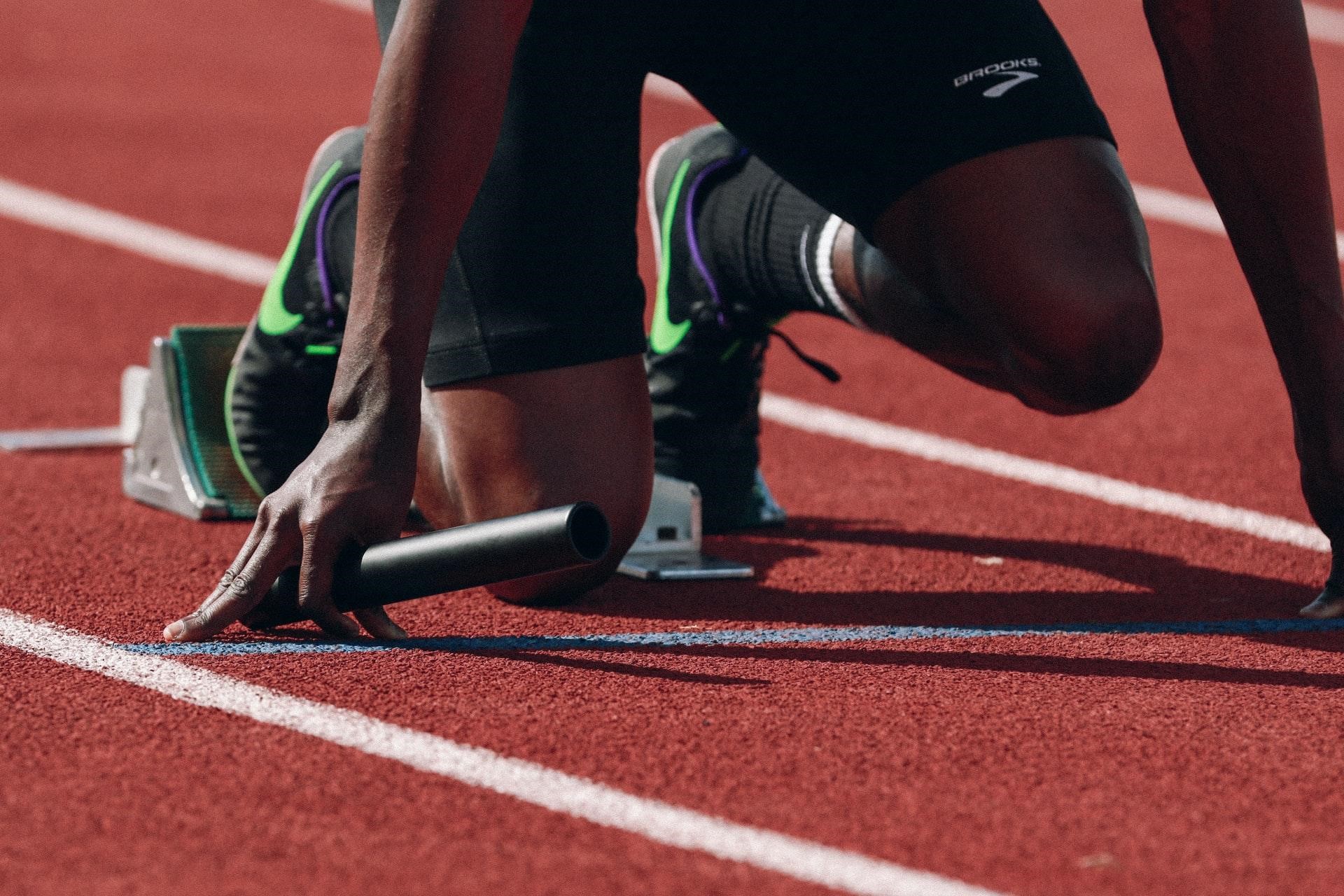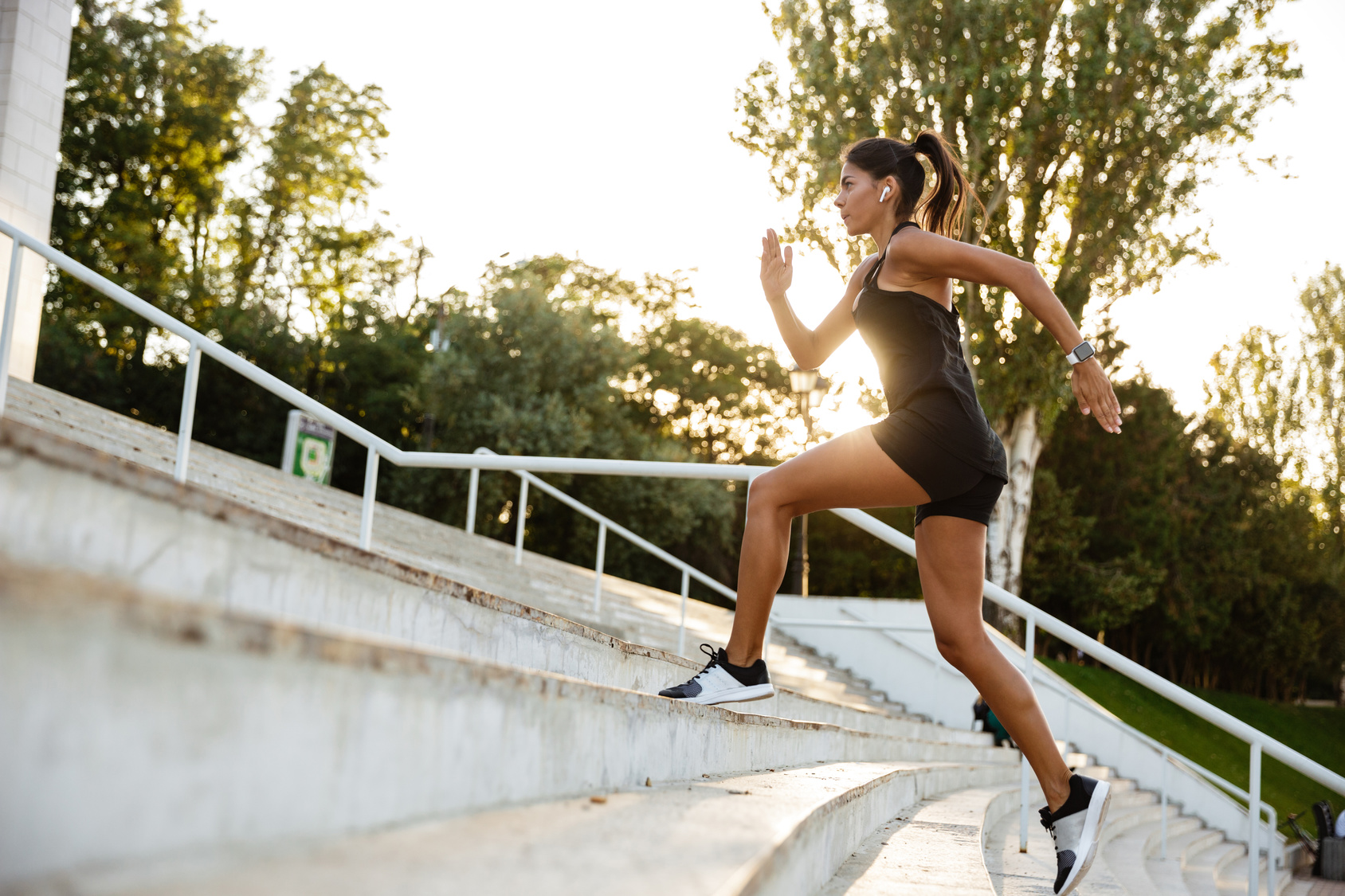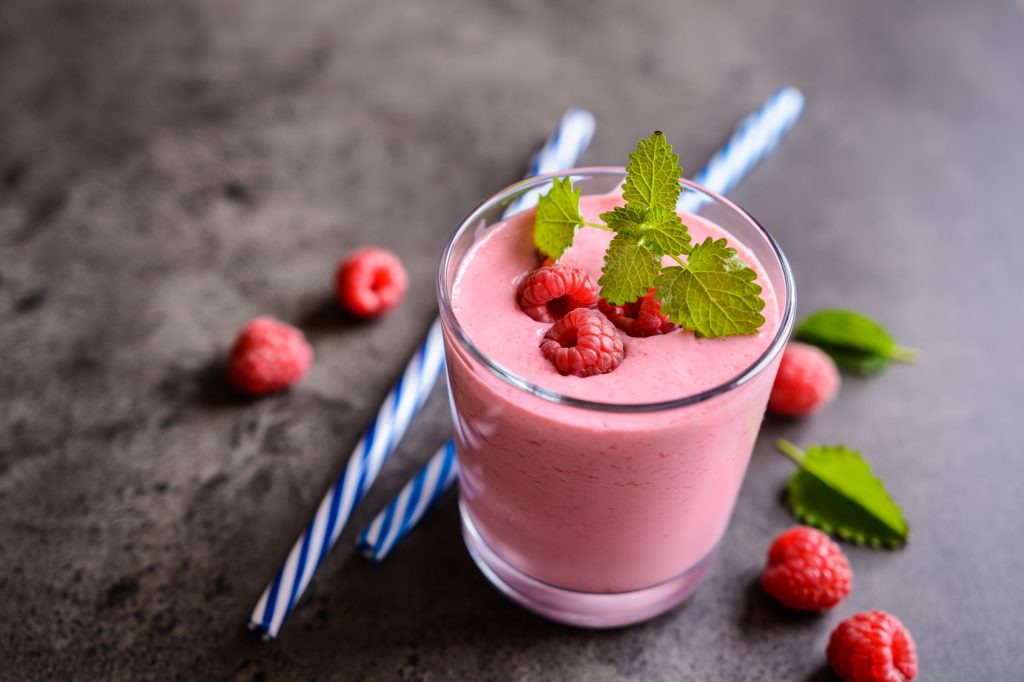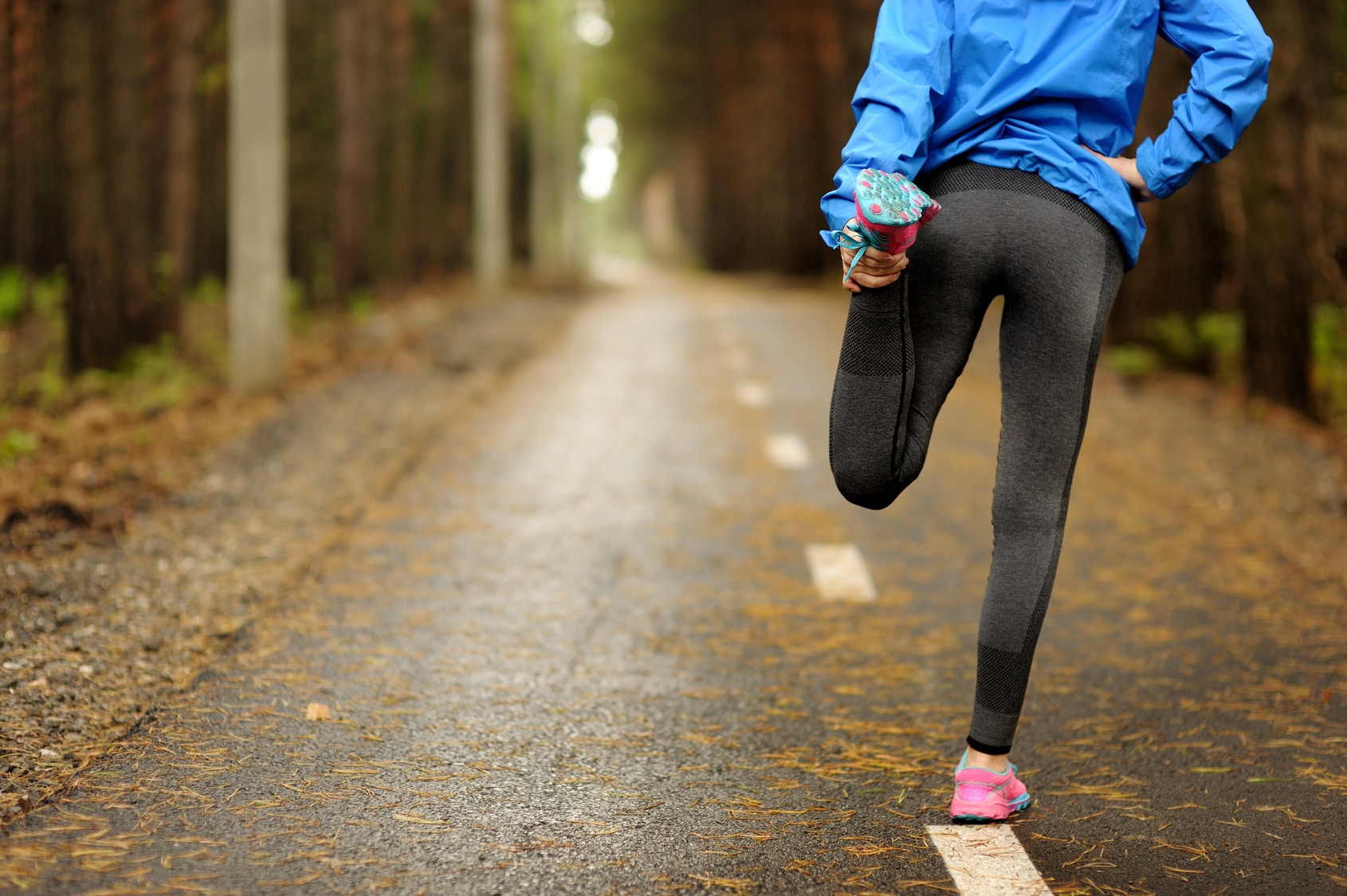Walking is a fantastic choice for improving your fitness and health and even working towards weight loss. It’s a low-impact, accessible exercise that can be tailored to your individual needs and goals. I’m here to guide you on your journey to becoming a healthier and more active you.
Before we dive into the details, it’s essential to emphasize safety and individual health considerations. Consulting with your doctor, especially if you have specific health concerns or conditions, is a smart and responsible first step. They can provide personalized advice to ensure that walking is a safe and suitable exercise for you.
Now, let’s get started on this exciting path to better health and fitness through walking!
Whether you’re a beginner or looking to take your walking routine to the next level, I’ve got you covered.
The Benefits of Walking
Walking is a powerhouse of exercise with a plethora of benefits for both your physical and mental well-being.
Let’s dive into some of these fantastic advantages:
- Weight Management: Walking can help you shed those extra pounds and maintain a healthy weight. It’s a sustainable way to burn calories and boost metabolism.
- Improved Stamina: Regular walking builds endurance, allowing you to take on more extended and more challenging walks over time.
- Stress Reduction: Walking is an excellent stress reliever. It helps clear your mind, reduces tension, and promotes relaxation.
- Health and Well-being: The health benefits are numerous, including reduced risk of heart disease, stroke, and certain cancers. It’s also known to lower blood pressure and cholesterol levels.
- Mental Health: Walking is a mood booster. It releases endorphins, which are natural mood lifters and can help combat symptoms of depression.
- Brain Health: It’s like a workout for your brain, too! Walking has been linked to improved cognitive function, memory, and creativity.
- Low-Impact Exercise: Unlike high-impact exercises, such as running, walking is gentle on your joints while still providing an effective workout.
Consult Your Doctor
Before you lace up those sneakers and hit the pavement, let’s talk about a vital step that’s often overlooked: consulting your doctor.
Why, you ask? Here’s the scoop:
Cardiovascular Concerns:
If your family tree has a few branches dedicated to heart issues or you’ve had heart problems yourself, it’s like having a red flag that says, “Talk to your doctor!” Cardiovascular diseases can impact your ability to exercise safely.
Emerging from Hibernation:
Have you spent more time on the couch than you’d like to admit? Well, you’re not alone. But before you go from couch potato to marathoner, consider a pit stop at your doctor’s office. They can help you ease into a new routine without any hiccups.
The Lightheaded Club:
Are you the president of the “I Often Feel Dizzy” club, or do you have a VIP membership in the “Chronic Headache” association? These symptoms can be your body’s way of saying, “Hold on, let’s check this out.”
Wisdom of Age:
If you’ve celebrated a few 60th birthdays or more, your body may have some special needs when it comes to exercise. Your doctor can help tailor a plan that keeps you feeling youthful.
Medical Marvels:
Conditions like diabetes, high blood pressure, chest pain, or joint problems can be tricky when combined with exercise. Let your doctor be your health hero and create a plan that works for you.
The Mom-To-Be:
If you’re expecting, congrats! Now’s the time for some gentle guidance on the dos and don’ts of exercising while pregnant. Safety first, for you and your little one.
Recovery Mode:
If you’ve been on the injured list or recently played host to a surgical procedure, your doctor can give you the green light to get back into the swing of things safely.
How to Start Walking For Beginners?
So, you’re all geared up to embark on your walking journey, but you’re wondering, “Where do I begin?” Fear not, because the path to becoming a seasoned walker is simpler than you might think. Here’s your guide:
Start Small:
Picture this: You’re in the comfort of your home, ready to take on the world of fitness. But here’s the secret – you don’t have to conquer it all at once. Begin with a gentle introduction. Walk out that door and aim for a short 15 to 20-minute stroll.
Listen to Your Body:
Your body is your best friend on this journey. Pay close attention to how it feels during and after your walk. If you’re feeling great, you’re doing it right!
The Gradual Climb:
Just like climbing a hill, your walking routine can gradually ascend. During the second week, extend your walks to 25 to 35 minutes. Slow and steady wins the race!
Set Goals:
As you continue your walking escapades, set personal goals. Maybe you want to reach 10,000 steps a day, or perhaps you’re looking to explore new walking routes. Goals keep things exciting!
Step by Step:
Week by week, keep adding more time to your walks until you reach your desired duration. Whether you aim for a leisurely stroll or a brisk power walk, it’s all about what feels right for you.
Additional resource – How to combine keto and running
What’s the Ideal Walking Quota?
You might be wondering, “How many steps should I aim for?” Well, the magic number, according to experts, is 10,000 steps a day. That’s the golden ticket to maintaining fitness and overall health. But what does that look like?
Picture this: 10,000 steps translate to roughly four to five miles of walking. Impressive, right?
Now, here’s the exciting part – you’re not limited to 10,000 steps! If you feel like you can conquer more, go for it. But here’s the catch – always, always listen to your body. It’s like your walking compass, guiding you in the right direction.
If at any point it feels like you’re pushing too hard, don’t hesitate to slow it down. Recovery is just as important as those steps. So, stride at your own pace, and enjoy the journey!
How Fast Should Beginners Walk?
So, you’re all set to embark on your walking journey, but you might be wondering, “How fast should beginners walk?”
Well, here’s the scoop!
To maximize the benefits of your walking exercise, aim for a brisk pace that puts you in the realm of moderate-intensity walking. This sweet spot is where the magic happens, health-wise.
Here’s how you’ll know you’re hitting the mark:
- You should be able to chat comfortably without straining your vocal cords.
- Your breathing should be a tad heavier than usual, but not to the point where you’re huffing and puffing.
- Your pace should be around 3 to 4 miles per hour, which is like walking with a purpose!
Additional resource – How long does it take to walk five miles
How to Progress?
So, you’ve got the hang of regular walking and want to take it up a notch? Fantastic!
Here’s a simple progression plan to keep you on the right track:
- Weeks 1-2: Walk for at least 15-20 minutes three times a week. Get comfortable with the routine.
- Weeks 3-4: Bump it up to four times a week. Your body is getting used to the groove.
- Week 5 onwards: Aim for five times a week. You’re becoming a walking champ!
And if you find yourself walking for over an hour without breaking a sweat (figuratively, of course), consider adding some brief jogging intervals to spice things up. It’s a great way to challenge yourself and keep boredom at bay.
Remember, the key is gradual progression. Your journey towards better health and fitness is all about consistency and listening to your body.
Make it more Challenging
Do you feel like your walking routine needs a little extra oomph?
Here are some fun ways to make your walking sessions more challenging:
- Backpack Boost: Strap on a backpack filled with 10 to 15 pounds of weight. It’s like leveling up in the world of walking!
- Power Arms: Grab some light hand weights and swing those arms as you walk. It’ll give your upper body a great workout.
- Beach Strolls: If you’re near the coast, try walking on the beach. The uneven sand surface makes every step more engaging.
- Hill Climbing: Add some inclines or stairs to your regular route. Climbing hills can do wonders for your legs and stamina.
Additional resource – Average time to walk a mile
Improve Your Walking Form
Walking may seem simple, but good form is essential for efficiency and injury prevention.
Here’s a quick checklist to make sure you’re walking like a pro:
- Posture Perfect: Stand tall with your feet hip-width apart. Imagine a string pulling you gently upward from the crown of your head.
- Footwork: Land softly on your heels, then roll through the foot and push off with your toes. Avoid excessive inward or outward rolling of your feet.
- Eyes Forward: Keep your gaze straight ahead, like you’re on a mission. Your chin should be parallel to the ground, and your neck should be in line with your spine.
- Shoulder Ease: Relax your shoulders and let them hang naturally. No need for them to visit your ears.
- Arms in Sync: Swing your arms back and forth rhythmically. It’s like dancing while walking!
- Engage Your Core: Keep your core muscles gently contracted by pulling your navel toward your spine. This not only helps your posture but also gives your abs a mini workout.
- Step It Up: Take quicker, smaller steps rather than long strides. It’s more efficient and easier on your joints.
- Ninja Steps: Imagine you’re a stealthy ninja. Walk quietly and smoothly, avoiding heavy foot slaps.
Additional resource – How to find cheap running gear
Walking Safely
Walking is a fantastic exercise, but safety should always be a priority.
Here are some essential safety tips to keep in mind:
- Choose Sidewalks: Whenever possible, opt for sidewalks instead of walking on the road. After all, you’re a pedestrian.
- Carry Essentials: Don’t forget your phone, ID, and a bit of cash when you head out for your walk. It’s better to be prepared.
- Let Someone Know: Inform a friend or family member about your walking plans, including where and when you’ll be walking. It’s a safety net.
- Face Traffic: When walking on the streets, face oncoming traffic. This gives you better situational awareness and safety.
- Stay Visible: If you’re walking in low-light conditions, wear reflective clothing or carry a flashlight. Being visible is crucial.
- Confident Strides: Walk with confidence, like someone who knows where they’re going. It’s a great deterrent.
- Keep It Simple: Leave valuable jewelry and flashy items at home. Better safe than sorry.
- Use Your Voice: If you ever feel threatened, don’t hesitate to yell for help. Attackers don’t like attention.
Additional resource – How to start exercising with your dog
How To Start Walking For Fitness – The Conclusion
There you have it.
Today’s article should provide you with all the tools you need to get started with walking in no time.
The rest is really up to you.
Please feel free to leave your comments and questions in the section below.
In the meantime, thank you for dropping by.
Keep Walking Strong
David D.

